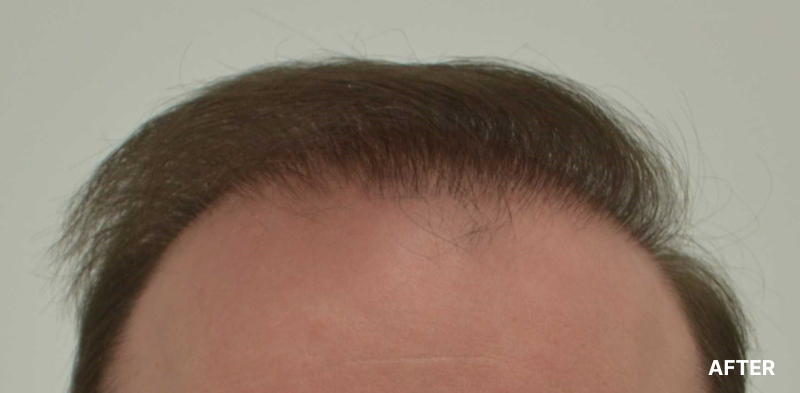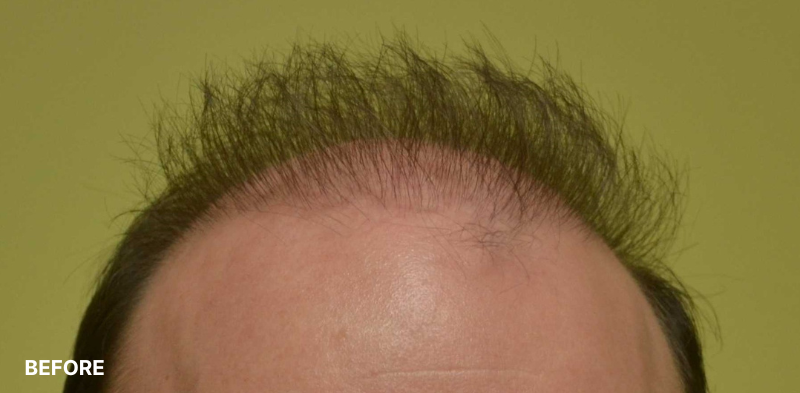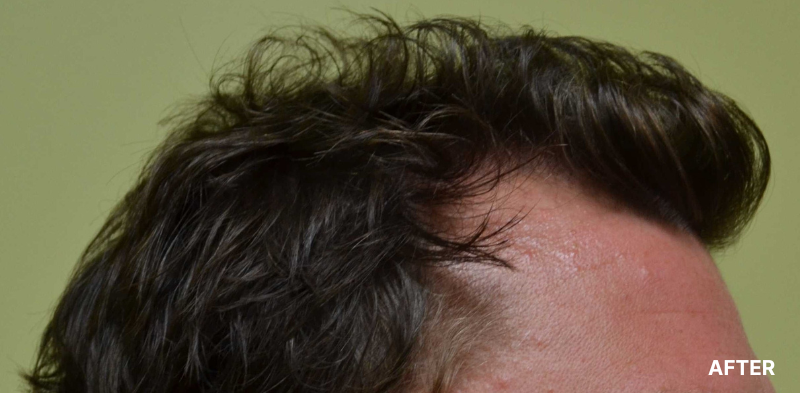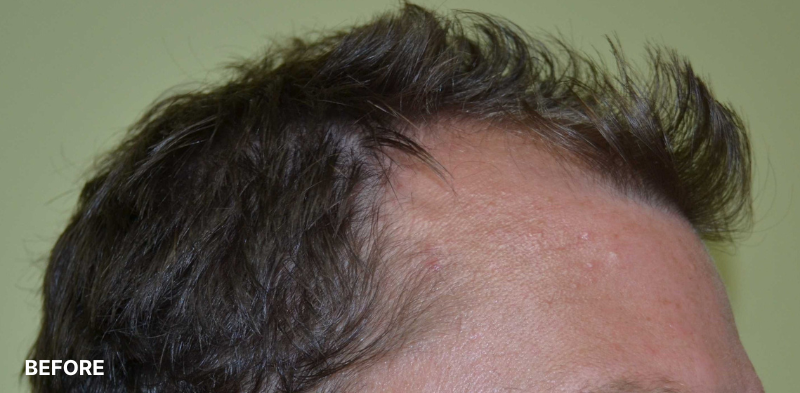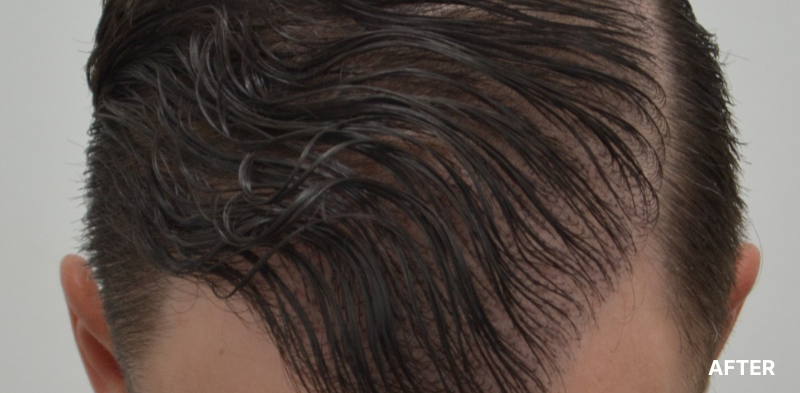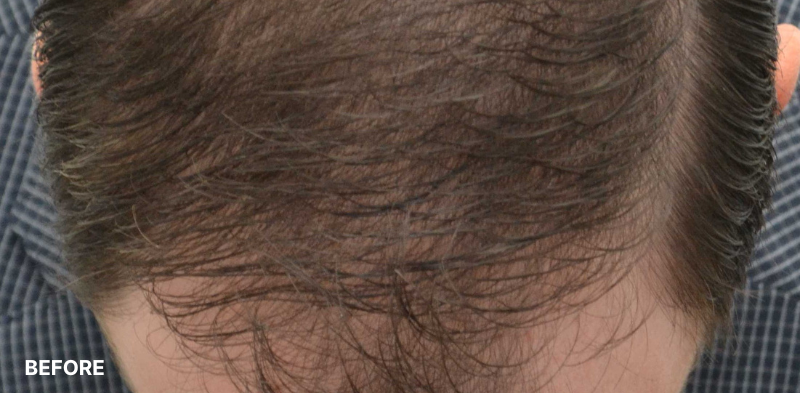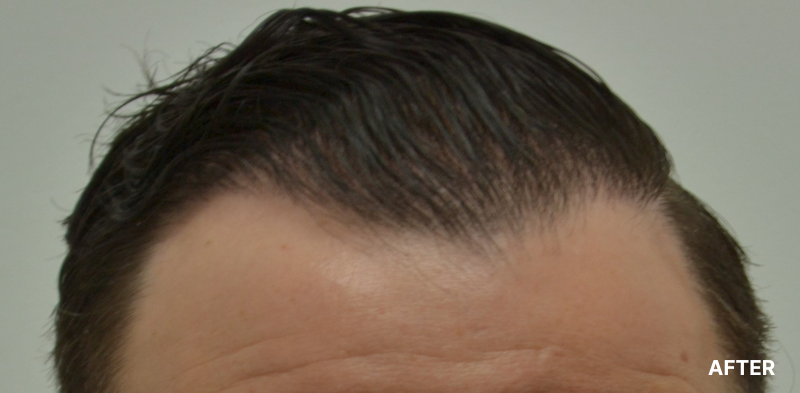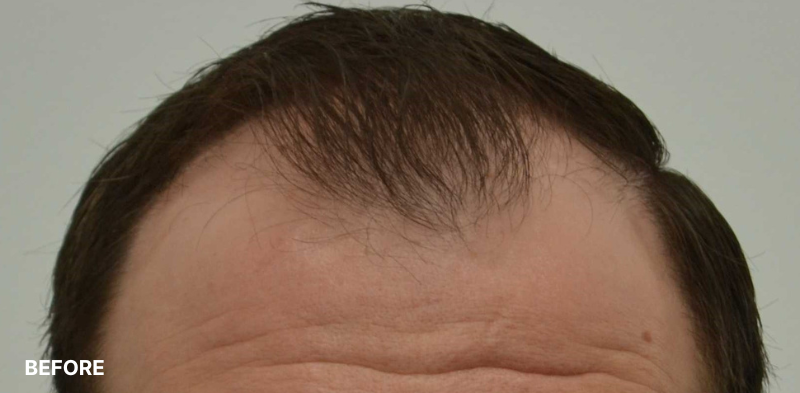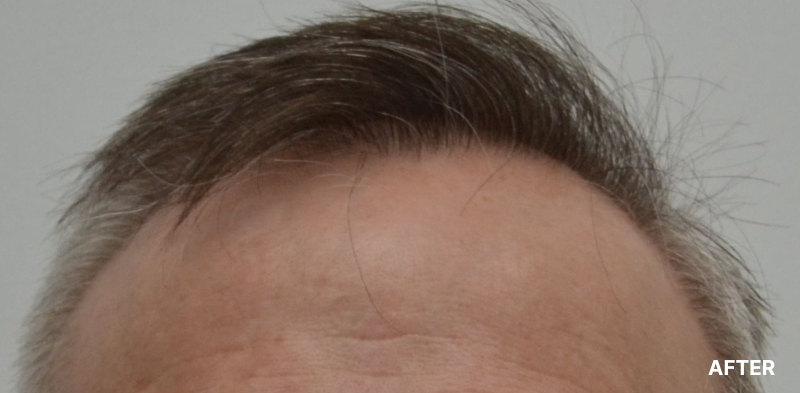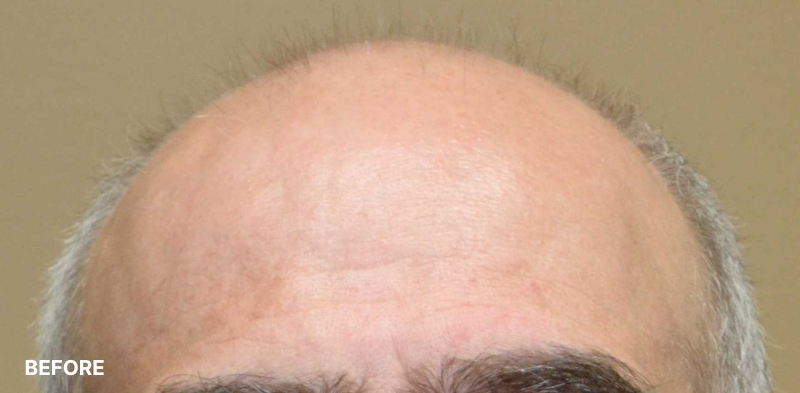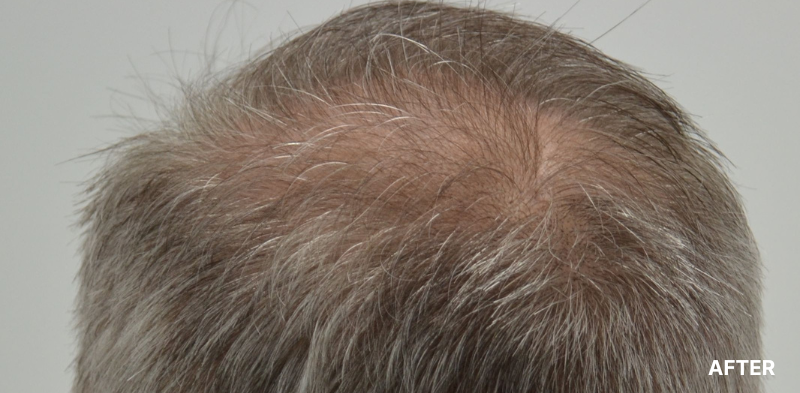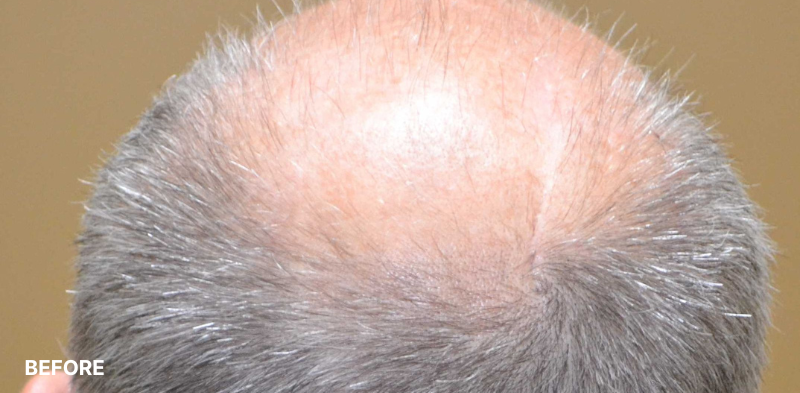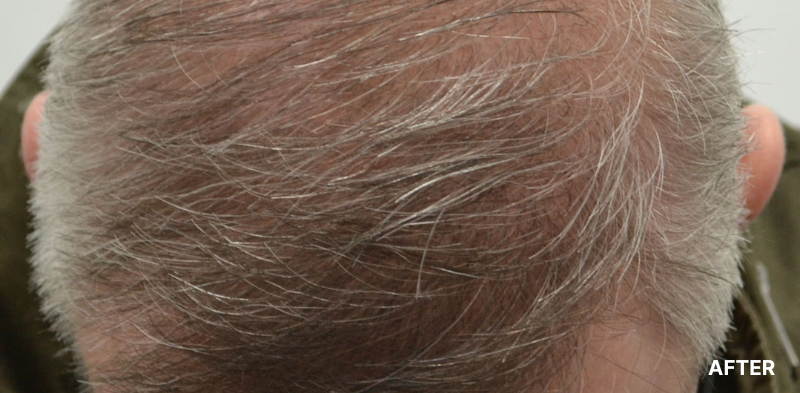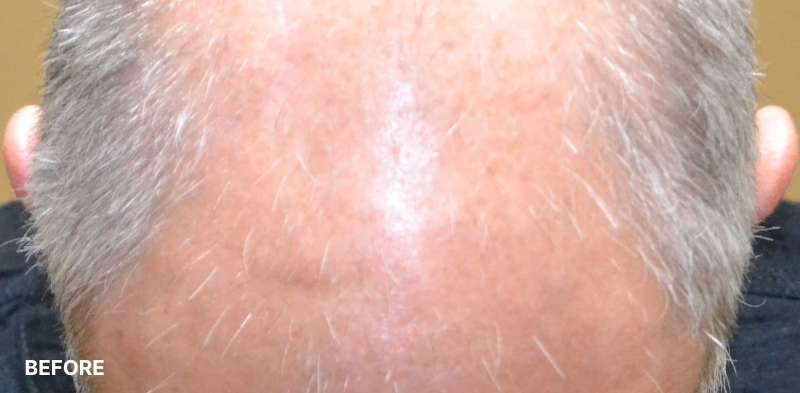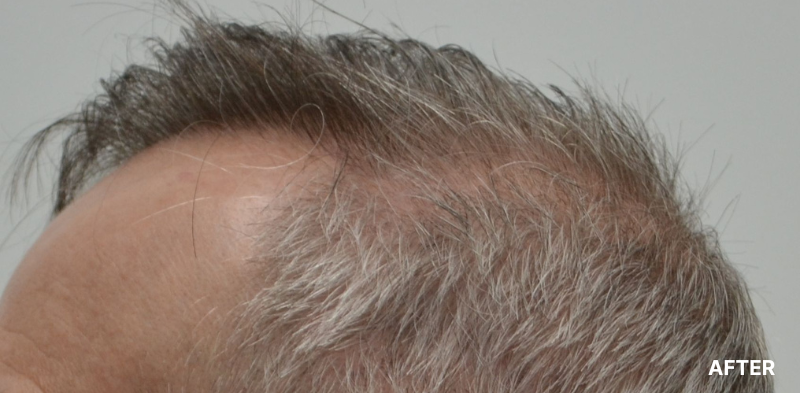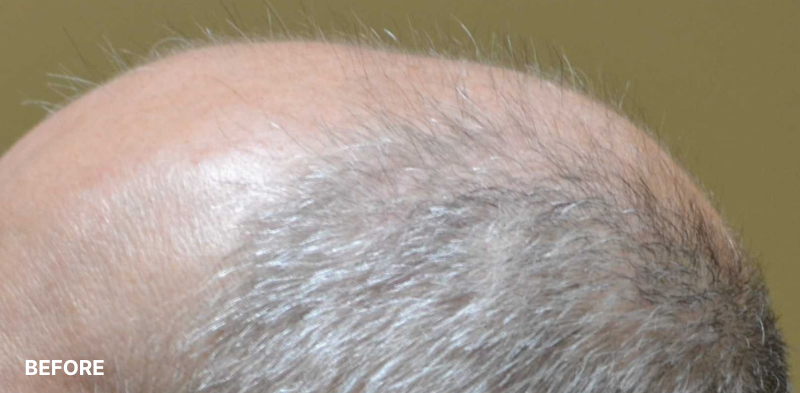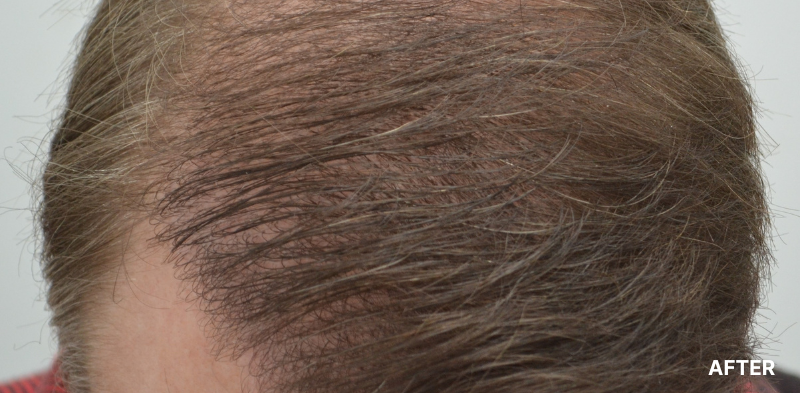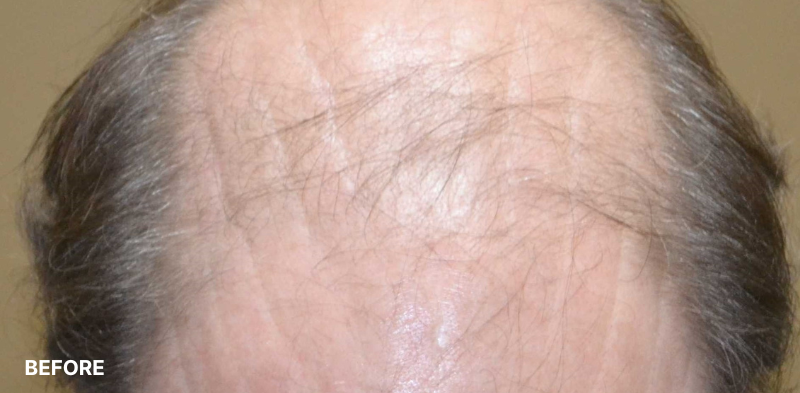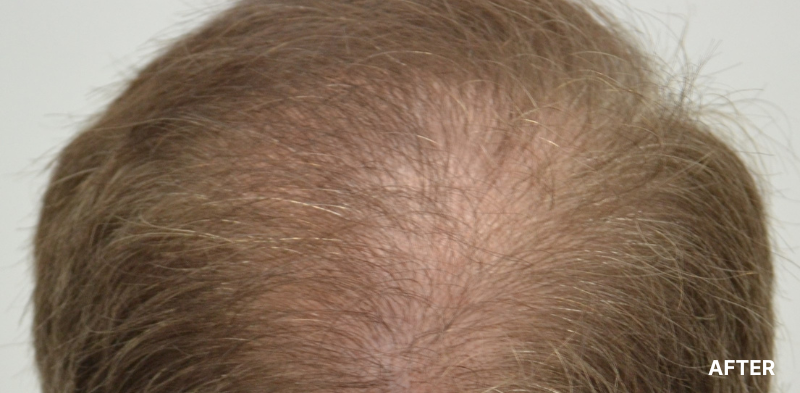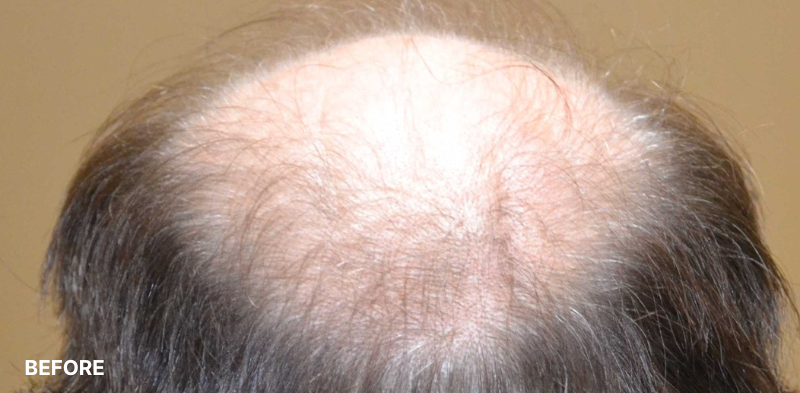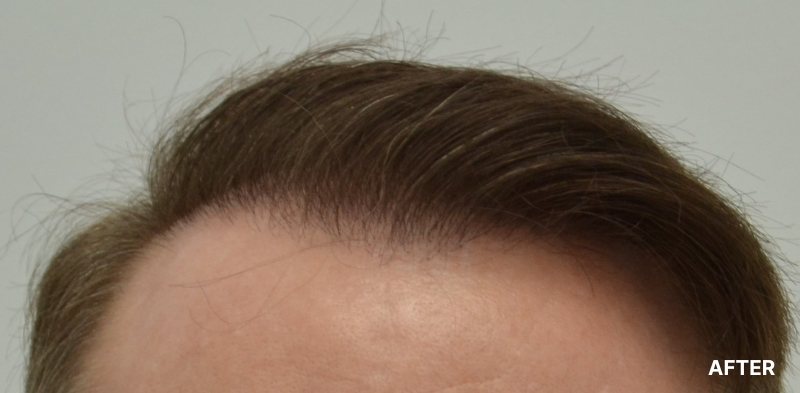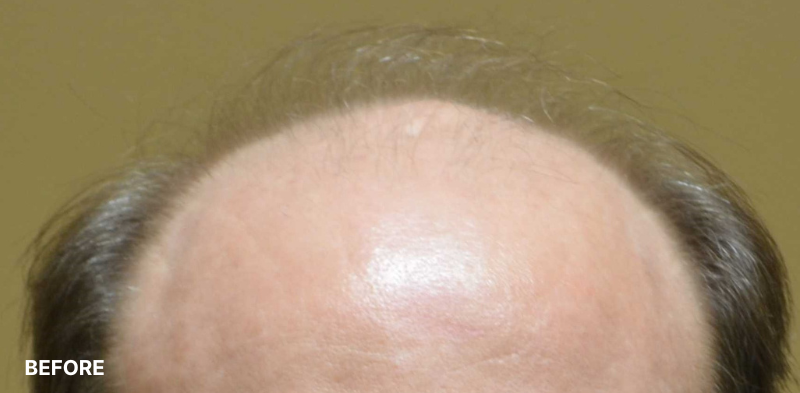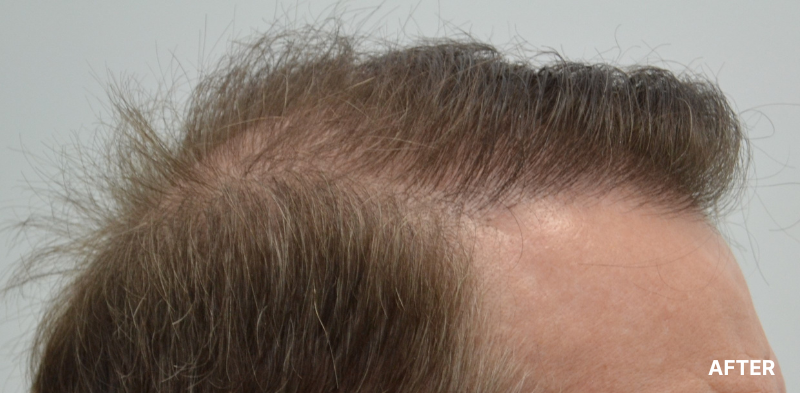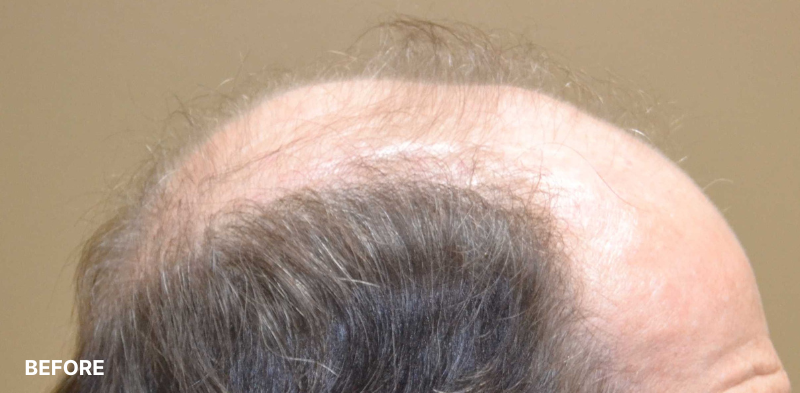Hair Transplant Treatment in the greater edmonton area
Hair Transplant Treatment by Advanced Hair & Skin Surgery
Long Hair Transplants
Transplanting long hair is a unique procedure Dr. Elliott learned from Dr. Marcelo Pitchon of Brazil, the technique’s innovator. A simple explanation of the procedure is transplanting grafts while leaving the full lengths of hair instead of clipping them to 3 millimeters in length. Performing this specific procedure ensures patients leave their transplant with their new hair. While the hair still falls out within two weeks like other hair grafts, patients still get a preview of their resulting hair. Additionally, this hair’s presence completely conceals any evidence of a hair transplant, which is important to some patients.
The first patient to receive this procedure from Dr. Elliott left the following morning on a bus with his teenage son to attend a hockey tournament. The rest of the team and their parents were also there, and nobody could tell the patient had a hair transplant. Another patient confided to Dr. Elliott months after a long hair transplant that no one knew about it when he went back to his office. He also had not told his wife he was getting the procedure. She had been out of town and didn’t know he had the transplant when she returned two days after his procedure. Dr. Elliott is one of the very few physicians offering long hair transplants to patients. The procedure takes a little longer to perform, but it is well worth it.
Pain Related to the Procedure
Pain is one of our patients’ primary concerns when they consider hair transplants. This procedure is not inherently painless, and patients may feel pain during three main periods. The first period is when we inject the initial anesthetic. Patients may also experience pain during the procedure, and the pain may continue after we complete the hair transplant. Dr. Elliott has personal experience with the procedure’s pain. He underwent his first hair transplant in 1995. His doctor performed the transplant using standard local anesthetics and did not employ any special techniques to reduce the injection pain. The doctor also did not prevent pain after the procedure by using long-lasting anesthetics. The approach his doctor took means a patient feels pain with the injections and within about six hours after the procedure when the anesthetic wears off.
Since his own experience with a hair transplant, Dr. Elliott has gained international recognition as a hair transplant anesthesia and pain prevention expert. He has developed protocols and techniques and taught them to other surgeons worldwide. His techniques include several key components giving patients a genuinely comfortable experience and anesthesia lasting to the next day following the procedure. Patients are spared the first night of a hair transplants’ post-procedural pain since their scalps are still numb.

